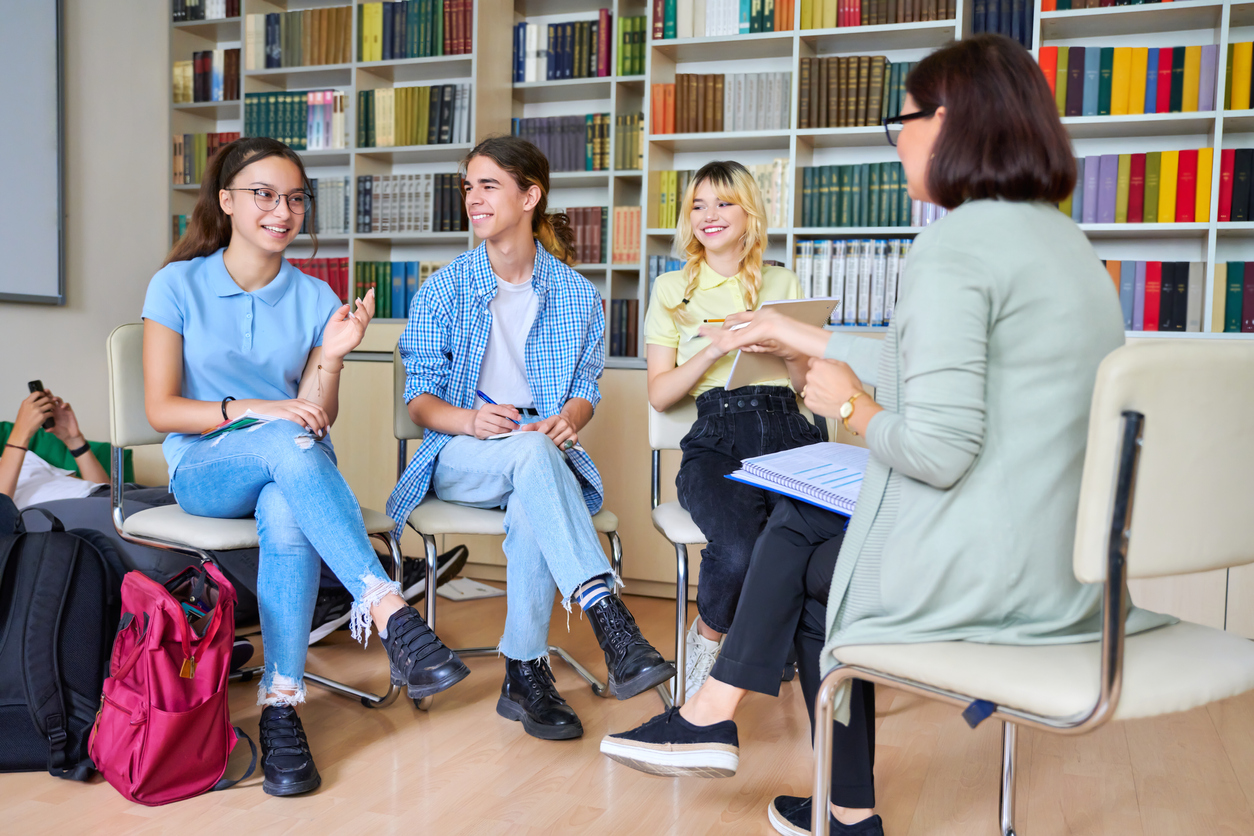How to plan student visits to university campuses
With nearly 30,000 universities around the world, it can be difficult for students to know which ones to apply to – which is why visiting some of them can be helpful

Embarking on the journey from high school to university is a pivotal moment in every student’s life, and selecting the right university is a decision of paramount significance.
With nearly 30,000 universities around the world, it can be overwhelming for students to decide which ones to apply to – let alone what the actual experience of being there for four or more years will be like.
Visiting university campuses in person can help alleviate the stress involved in this process.
University campus visits offer students a first-hand experience of the institution, allowing them to immerse themselves in its academic, social and cultural ethos. Such visits provide insights beyond the glossy brochures and virtual tours, enabling students to witness the vibrant tapestry of campus life.
The atmosphere, facilities and the way that current students and faculty members interact become tangible, guiding students towards an informed decision. As high schoolers stand at the crossroads of their academic future, stepping on to university grounds provides a sense of clarity, and enables them to discern the best fit for their aspirations. This fosters a sense of confidence and readiness as they approach the application process.
University campus visits: start local
It is important early on for college counsellors to survey students regarding their locations of interest, as well as the subjects that pique their curiosity. This is useful when curating future learning expeditions beyond the classroom.
The best way to begin is by planning trips to local campuses. These trips are the easiest to organise, as they are in students’ own backyard. Visiting a local university gives students a taste of what a campus is like in general. And, of course, students who aspire to study internationally should still be made aware of local higher education options, too.
The first step is to reach out to local university reps and ask how they do campus visits or enquire about dates for open days. Most of them will be more than delighted to welcome a small group to their grounds. By establishing connections with educational institutions in their own city and country, college counsellors can create tailored experiences that extend beyond the conventional campus tour.
A next important step is to engage with teachers at the high school, in order to understand students’ academic interests for university. This provides an additional layer of personalisation for the students. Then, by collaborating with teachers, students and universities, counsellors can orchestrate activities related to specific subjects or courses, enhancing the visit’s educational value. This not only allows students to familiarise themselves with diverse university environments, but also offers a glimpse into potential academic pursuits, empowering them to make informed decisions about their future.
I recently organised a local tour to IE University, in Madrid. Many of my students wanted to better understand their options for English programmes in Spain, and many of them are interested in economics or entrepreneurship.
I first spoke with my connection at IE to select a date of a general tour that worked well for my students and my school. Then I collaborated with our own economics teacher to discuss student interests, later following up with IE to see if, after the campus tour, we could visit an economics class and even hear from current students and professors.
The tour ended up being a three-hour experience, and was a huge success. Students received first-hand experience of this university, and learned what their programmes of interest were like. They also heard about potential career opportunities, and found out more about living in downtown Madrid.
Planning international campus visits
Physically visiting international university campuses is a more intricate – and yet rewarding – endeavour, which necessitates months of meticulous planning. College counsellors play an important role in orchestrating these overseas visits, starting with surveying students to discover their regional preferences.
Crafting a well-balanced itinerary involves considering a mix of reach, target and safety schools, as well as encompassing a spectrum of big and small institutions. Careful attention must be paid to logistics, from booking hotels and transport to coordinating meals, in order to ensure a seamless and immersive experience for students.
Counsellors must first review university websites, adhering to their reservation protocols to secure slots for campus tours and information sessions. Striking a balance in the daily schedule is crucial, with the ideal number of visits typically ranging from two to three per day. This allows for comprehensive exploration without overwhelming students.
Beyond the academic sphere, it is imperative to plan exciting and culturally enriching activities in the city. This not only provides students with a rounded experience, but also allows them to gauge the atmosphere of the location they may one day call home.
This year, I took students to the US city of Boston, where they visited large and small institutions, and acquired a flavour of life in Boston. In previous years, I have taken students on tours of New York and the UK as well, visiting bustling cities as well as smaller towns. This provided students with an understanding of the different communities and what it might be like to live there.
Taking a lot of students on a trip requires extra logistical planning, I have worked with my school leadership to source local tour companies to help facilitate those elements of the trip.
Networking and establishing connections at conferences (such as BMI/THE events, IACAC, CIS and so on) play an important role in creating these experiences for students. International contacts can provide valuable insights into universities in their own countries, and can help counsellors to tailor visits that align with the unique needs and interests of their student population. As these connections strengthen, the planning process becomes more streamlined, allowing for a well-orchestrated series of visits that leave a lasting impact on students.
Ultimately, exposure to a variety of universities equips students with the knowledge needed to choose institutions that genuinely align with their aspirations, setting them on a path towards success in their academic journey – and future careers – in new cities and homes.




